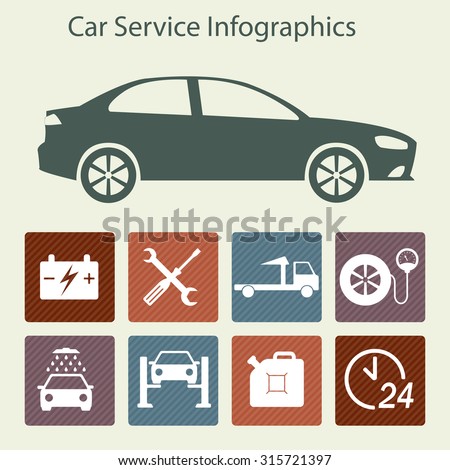Exploring The Genuine Analysis Of Your Auto'S Caution Lighting
Exploring The Genuine Analysis Of Your Auto'S Caution Lighting
Blog Article
Composed By-McKee Dreier
When you lag the wheel, those glowing caution lights on your control panel can be a little bit puzzling. Do you know what they're attempting to inform you concerning your automobile's wellness? Recognizing the significance of these lights is important for your safety and the longevity of your car. So, the following time among those lights appears, wouldn't you want to analyze its message precisely and take the essential steps to resolve it?
Common Warning Lighting and Interpretations
Determine typical warning lights in your auto and recognize their definitions to ensure risk-free driving.
The most regular warning lights include the check engine light, which indicates problems with the engine or discharges system. If this light begins, it's important to have your lorry examined without delay.
The oil pressure advising light shows reduced oil pressure, requiring prompt focus to prevent engine damage.
A blinking battery light might suggest a defective billing system, possibly leaving you stranded otherwise resolved.
The tire stress surveillance system (TPMS) light notifies you to reduced tire pressure, affecting lorry stability and fuel effectiveness. Disregarding this can lead to dangerous driving problems.
The abdominal muscle light shows a trouble with the anti-lock braking system, endangering your ability to stop quickly in emergency situations.
Last but not least, the coolant temperature level alerting light warns of engine overheating, which can result in serious damages if not fixed quickly.
Comprehending these typical caution lights will help you address concerns promptly and keep secure driving conditions.
Value of Prompt Focus
Comprehending the common caution lights in your vehicle is only the first step; the importance of quickly addressing these warnings can't be stressed sufficient to guarantee your security when driving.
When a warning light illuminates on your control panel, it's your vehicle's method of connecting a possible issue that needs interest. Disregarding https://auto-front-suspension17395.weblogco.com/31181154/are-you-accustomed-to-the-definitions-of-dashboard-warning-lights-discover-their-effects-and-prevent-possible-vehicle-difficulties-your-security-is-important can lead to a lot more severe troubles down the road, compromising your safety and potentially costing you much more out of commission.
Prompt interest to warning lights can avoid breakdowns and mishaps. For example, a blinking check engine light might show a misfire that, if left unattended, could cause damages to the catalytic converter. Resolving this immediately can conserve you from a pricey fixing.
Likewise, a brake system advising light may indicate reduced brake fluid or worn brake pads, essential components for your safety when driving.
Do It Yourself Troubleshooting Tips
If you see a caution light on your dashboard, there are a few do it yourself repairing pointers you can attempt prior to looking for expert assistance.
The initial step is to consult your auto's manual to comprehend what the specific caution light indicates. Occasionally the concern can be as easy as a loosened gas cap triggering the check engine light. Tightening up the gas cap may solve the problem.
One more usual problem is a reduced battery, which can trigger numerous warning lights. Examining the battery links for rust and ensuring they're protected may fix the issue.
If a warning light lingers, you can attempt resetting it by separating the car's battery for a couple of mins and afterwards reconnecting it. Additionally, inspecting your lorry's fluid levels, such as oil, coolant, and brake liquid, can help troubleshoot alerting lights related to these systems.
Final thought
In conclusion, comprehending your auto's warning lights is vital for maintaining your lorry running efficiently and safely. By quickly addressing these alerts and knowing what they imply, you can stay clear of pricey repair work and prospective malfunctions.
Keep in mind to consult your automobile's manual for particular information on each advising light and act as necessary to ensure a hassle-free driving experience.
Keep informed, stay secure on the road!
